The iPad Pro Preview: Taking Notes With iPad Pro
by Joshua Ho & Ryan Smith on November 11, 2015 7:00 AM EST
For the past week, I’ve been working on a review of the iPad Pro. For better or worse it has been a very quick week and I’ve been working on the review right up to the embargo time. Rather than rushing out our review of Apple's first large-format tablet in an incomplete state, I'm going to hold it back so that we can get it right and produce the kind of high-quality article that we're known for.
Instead for today's embargo I want to take a more personal look at one segment of the iPad Pro's new features as a preview of things to come. The iPad Pro is a tablet of several firsts for Apple - their first large-format tablet, their first tablet with Apple's A9X SoC, and their first tablet clearly geared towards productivity as opposed to content consumption - and as a result one area that’s worth discussing in depth is whether or not the iPad Pro is useful to people that might not have wanted or needed an iPad before. With the iPad Air 2, for example, I felt quite strongly that while in some ways the larger display than a phablet or a mini tablet was useful, it was difficult for me to justify the cost of the tablet due to the lack of some productivity-focused tools.
Probably the simplest example of productivity use for someone like me is taking notes in class. While you can use a Bluetooth keyboard or a capacitive stylus with tablets like the iPad Air 2, they’re both notably flawed. Typing on a Bluetooth keyboard is often difficult when the keyboard on most of these tablets is usually too cramped/small, so relative to a normal laptop the iPad Air 2 would be at a disadvantage. Using a traditional passive capacitive stylus is also not particularly helpful because the tip is often extremely wide and makes it difficult to write with any precision. There’s also no real palm rejection with passive capacitive styluses, so the experience is pretty frustrating.
At the end of the day, with the iPad Air 2 and most tablets in general I found that trying to take notes with a tablet, whether with a keyboard, stylus, or both was slower than just taking out a sheet of paper and a pencil. Given the amount of coverage on the Apple Pencil and iPad Pro, I wanted to see for myself whether the iPad Pro would be able to replace pencil and paper for notetaking speed. To do this, I took the iPad Pro to class and simply relied on the built-in Notes application to try and see how well I could follow along in lectures and discussions. While some classes are such that words are sufficient to capture what is being said, with math and a lot of engineering classes I’ve found that a traditional QWERTY keyboard is just too slow to keep up at times when equations with Greek symbols and other notation that requires ALT key codes that are basically impossible to remember and quickly type out. The other problem is drawing diagrams, graphs, or anything that is otherwise extremely difficult to recreate solely with a text editor.
As a result, when taking notes on a tablet it's in my experience that it’s necessary to have a good stylus to be able to write out these various symbols, especially when writing quickly. This includes elements like well-tuned palm rejection, low inking latency, good pressure sensitivity, and good pressure to line width mapping. It’s also necessary to have high precision, such that the inking is exactly where the tip contacts the display, which can be difficult especially when using the stylus at an extreme angle. It’s also necessary for the stylus to be comfortable like a good pen or mechanical pencil for it to be something that is familiar and easy to learn rather than something that carries a significant learning curve. Something as simple as the way the tip interfaces with the glass of the display can really make the experience painful. If the tip is excessively sticky, slick, or soft it might be hard for a person to be as accurate and precise with a stylus when compared to more traditional writing instruments.
With this in mind, when I first picked up the Apple Pencil I noticed that the ergonomics and weight of it are within reason and comparable to a traditional pencil or pen. The one issue here that I continue to notice is that the glossy plastic has a tendency to feel a bit gross after a while as oil from the skin and dust can combine to form a sort of grime that tends to feel disconcerting when touched.
Pairing the stylus is accomplished by plugging it into the iPad Pro that the Apple Pencil will be used with. The Pencil seems to need Bluetooth, and turning it off on the tablet renders the stylus nonfunctional until Bluetooth is enabled again. If the stylus is unable to pair with the tablet for a period of time, it seems that re-pairing is necessary by plugging the Apple Pencil into the tablet again but initial setup is relatively painless, although ideally there shouldn’t need to be any re-pairng process.
As the iPad Pro is still relatively new, most applications don’t really support Apple Pencil extensively. As a result, I conducted this test solely using the pre-installed Notes application, which is relatively simple with only support for text input and inking with the Apple Pencil. The drawings that are created with the stylus appear to just be images to the end user, which can be re-arranged and edited at will.
In order to go through a discussion section, it is often the case that rather than another lecture rehashing concepts covered in previous lectures the instructor will give a problem set that is worked through over the course of the discussion, in the hopes that doing problems will help with learning. As it is often logistically difficult for an instructor to print out 30-50 copies of these problem sets, problem sets are often posted online as a PDF. With the iPad Pro, I found that there was no real need to print out these problem sets, as using the multitasking function to keep a PDF and the Notes app open simultaneously is genuinely useful and productive. Of course, this isn’t going to be unique to the iPad Pro or even iOS, but at this screen size this multitasking capability is useful when compared to something closer to a phablet in size.
Of course, these are all just tertiary aspects compared to actually taking notes and solving problems. In this regard, I think the Apple Pencil is surprisingly good. The first thing that I noticed here was that the friction of the tip against the display doesn’t feel like it’s off or wrong in some way. It’s really hard to say exactly what parameters lead to this feeling, but the rigid matte plastic tip has some kinetic friction to help with controlling movement fluently and also low static friction which means that the initial stroke is easier to control than some styluses that I’ve tried with soft, rubbery tips that tend to drag quite a bit.
The actual latency of the stylus is pretty much at the point where I can’t really notice it. I would say that the lagging distance between the tip and inking when moving a sufficiently fast pace is probably less than 5 mm at max, which is enough that I don’t really worry about latency even when I’m writing as quickly as possible to keep up with a fast-paced lecture. The pressure sensitivity is also surprisingly good, as something I’ve noticed with at least a number of stylus implementations is that very light touches are often ignored, and in order to see a proper difference in pressure levels it often seems that it’s necessary to apply significant pressure that is often in excess of what an actual writing utensil would take before damaging paper or something else. Precision is also incredibly good. Out of casual interest, I took a ruler and attempted to slowly draw straight lines in various angles to see if any wobble would occur. Regardless of pen orientation, lines remained straight as long as the tip didn’t vary its distance to the ruler.
The other aspect that I think really helps with proper use of the stylus is actually the sheer size of the display. With paper and pencil, the paper is always at the same height as where the hand rests, so writing is natural and relatively easy. Smaller devices are generally more difficult to accurately use the stylus with as a result, as the hand is usually resting on a desk so the phone is elevated relative to the hand or the writing hand is free-floating. I didn’t really think about this, but this is an ergonomic issue as well that I didn’t have with the iPad Pro, as my hand was usually resting directly on the display rather than being off to the side of the device.
The final aspect of the user experience here is software, and in that regard the Notes app is great for what’s implemented, but the features implemented are relatively few. In some ways this is exactly like paper because there’s no real way to transcribe notes taken with the Apple Pencil to a word processing document. However, I think the iPad Pro is probably the only device I’ve ever tried that comes close to actually achieving the same feel as pencil in paper. Obviously, there’s much more to this tablet than just how the stylus behaves, but so far the Apple Pencil is a seriously impressive stylus. Whether this is comparable or better than competitors like the Surface Pro is something I'm going to hold off on discussing until the full review - that alone can be quite the discussion - but so far I’ve found the iPad Pro to be a great tablet.



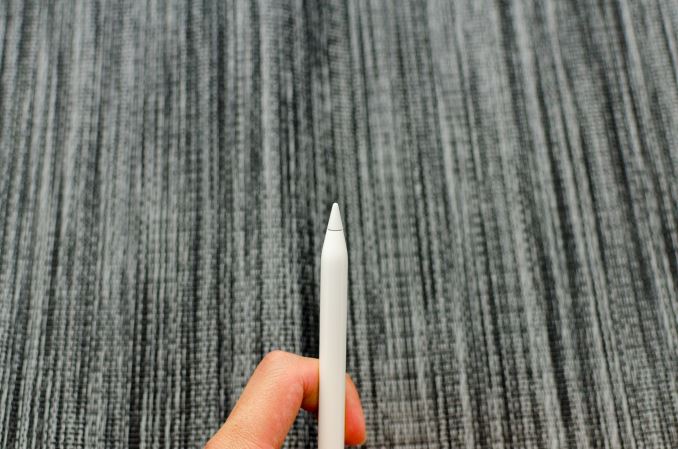
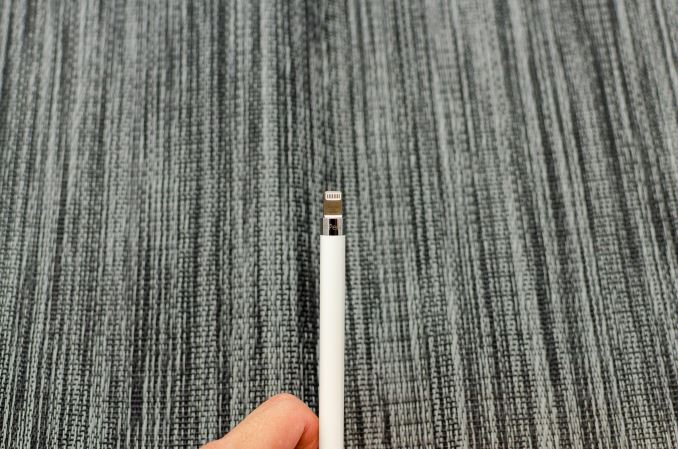
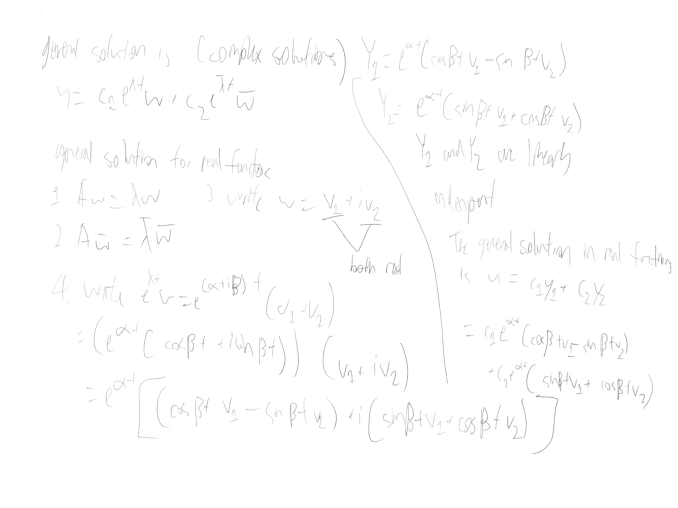
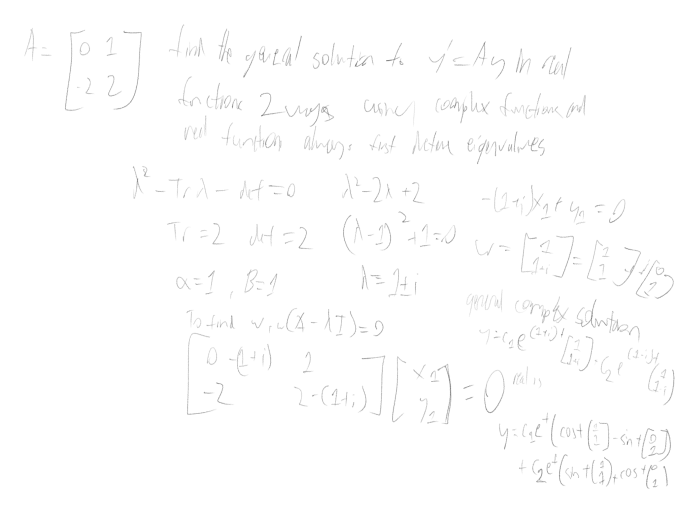
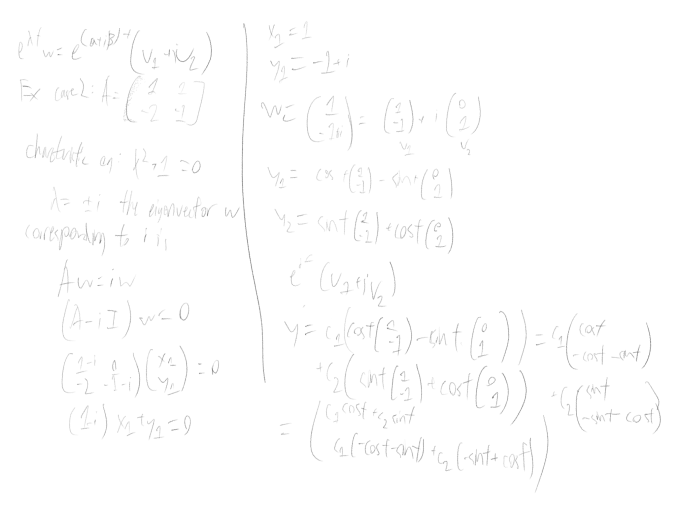








199 Comments
View All Comments
lefty2 - Wednesday, November 11, 2015 - link
Wow, it scores 80 in Manhatten. The Tegra X1 can only score 56.9 in the same test: http://www.anandtech.com/show/9289/the-nvidia-shie...lefty2 - Wednesday, November 11, 2015 - link
Sorry, 65 - read the wrong graphdennis.forbes - Wednesday, November 11, 2015 - link
"in retrospect I’m starting to think that A8X was an anomaly and Apple didn’t really want a tri-core CPU in the first place"The A9X looks absolutely brilliant, and is another winner from Apple, however I wish we didn't have to find retroactive justifications for everything Apple does, or why every decision they make is intrinsically correct.
Apple has a given die size and a given power consumption profile. They design their SoC accordingly. I doubt they "want" 2 or 3 (or 4 or 8 or 16) cores intrinsically, but it ends up being decided by the preceding restrictions, and in this case it was 2 fast cores with a very large, very powerful GPU. I have no doubt they'll move to 3 cores next year, as optimizations and restructuring presents itself, and again we'll hear why 3 cores is really what they wanted.
Aenean144 - Wednesday, November 11, 2015 - link
Think of it from the outside in.What workloads will benefit or require 3 cores or 4 cores. If they want to support workstation workloads, moving to 4 core might be the right way to go. If you have smartphone workloads, 2-core. Tablet workloads, hmm.
Waiting on FCPX, Logic, Xcode, etc for iOS to drop. If Apple intends on that happening, odds are pretty durn good that iOS laptop, like a MBP, will also come.
tipoo - Wednesday, November 11, 2015 - link
These are two sides of the same coin really, but I'm sure Apple would have avoided scaling to three cores if they could have had that performance in two at the die size. Even with automatic management of loads the third core won't scale nearly as well as the second one (nor the fourth, etc), Amdahl's law and all that.Aenean144 - Wednesday, November 11, 2015 - link
20 years from new Joshua, you are going to be looking at your notes and thinking, "WTF!" The rosetta stone in your head that makes that scribble legible is going to be long lost to make room for all the more advanced stuff you have to learn. ;)One of the holy grails of pen computing I've been waiting for is seamless conversion of analog drawing input into vector graphics and fonts so all that cursive becomes legible in the future. Might give handwritten note taking another shot if there was an app that can do this. Sort of like an iWork app mashup where hand-input tables, drawings, notes, spreadsheets, images, etc are all first class citizens.
FunBunny2 - Wednesday, November 11, 2015 - link
-- One of the holy grails of pen computing I've been waiting for is seamless conversion of analog drawing input into vector graphics and fonts so all that cursive becomes legible in the future. Might give handwritten note taking another shot if there was an app that can do this. Sort of like an iWork app mashup where hand-input tables, drawings, notes, spreadsheets, images, etc are all first class citizens.If you visit any R textbook, there you'll find "simple" examples of doing just that.
xthetenth - Wednesday, November 11, 2015 - link
I'm really glad to see note-taking capability that's actually superior to pencil and paper is finally coming to iOS, it's been a badly needed bit of functionality for a long time, and should help make their tablets more than souped-up big phones. I feel that by the time you're carrying around a device that doesn't fit in your pocket, and definitely one in the 10+ inch range, you should be getting the ability to do more things than with something that fits in your pocket, rather than the ability to do things a bit better. Hopefully Apple will eventually make something that doesn't mandate carrying a tablet and a laptop if you want a tablet but have to get a bit of serious work done, it makes a mockery of the effort they put into making their devices thin and light, since currently there's no contest between a Surface (Pro) and an iPad Air (with an MBP stuffed in there too).Wineohe - Wednesday, November 11, 2015 - link
Hmm I'm in a conundrum as I read this article on the cracked screen of my ipad3 and at the same time pondering the replacement of my aging Lenovo X220. Yes I know I'm behind the times. However spending another grand on a tablet with the limitations of iOS and the the lack of even basic IO is not attractive. A convertible laptop or the like with a real OS geared toward productivity seems way more appealing, since that is what the Pro is starting to compete with. Help me out folks, what am I missing.melgross - Wednesday, November 11, 2015 - link
It's a use case. If you need to do something beyond what the system can manage, then it's not for you.I'm seeing complaints that a numher of apps aren't as full as their Desktop versions. But what limitation is that, really? Even on a Surface Pro 4 the size is a limitation for many things. So what? Adobe, Autodesk, and others, allow you to store your work in their cloud, where it appears in their Desktop software for more sophisticated work. That works well, if you need to do more sophisticated work.
So I think you need to look carefully at what you really need to do, and see if the apps available will allow that. It will take some effort to do that exploration, but that's nothing new. In addition, these devices will continue to get better with time. Now that the hardware is there, it's a matter of software, both on the OS and app end. I've been beta testing iOS 9.2, and it adds some features that the Pro, with 9.1 don't yet have. Next year's iOS 10 will do more. That's just the nature of things.